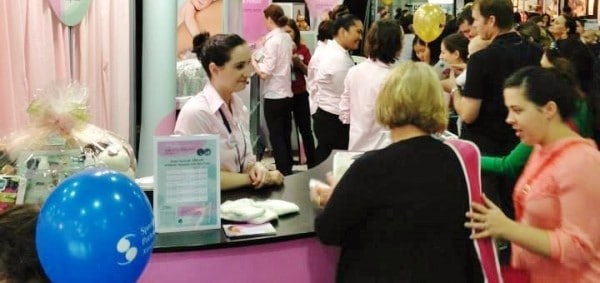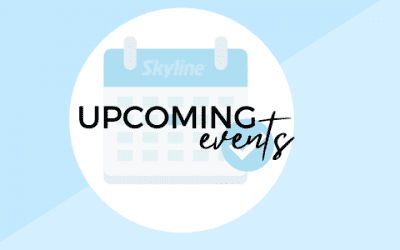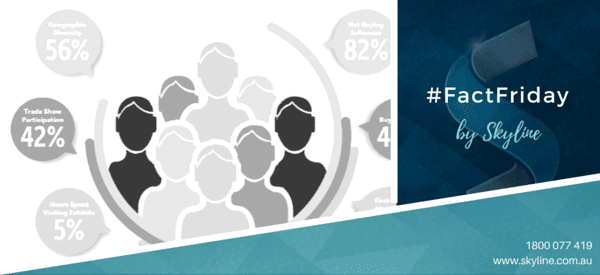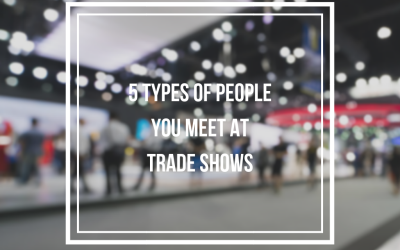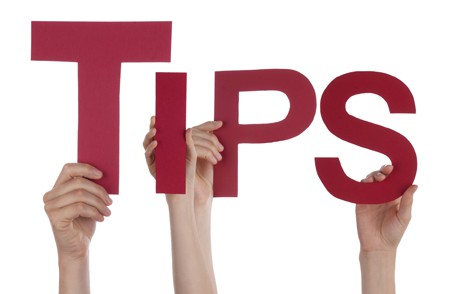Article written by Sofia Troutman.
Event marketing has been a staple of business marketing for decades, but as more businesses look for new and unique ways to market their products and services, the way businesses plan, advertise, design, and work events and trade shows has changed. Because of new technology, including social media, as well as increased “noise” in traditional advertising channels, event marketers must think outside the box to grab customers and client attention.
Event marketers have learned a tremendous amount about which elements work for an event, as well as how to determine if an event was successful or not. Discover some of the most innovative and cost-effective ways to make the most of your events this year by looking back at the biggest event marketing trends of 2015.
Calendar Invites And Promotions
Event marketers began to leverage the “internet of things”, or the idea that everyday devices, like watches and phones, are all connected to a virtual network. Pull communications, or communication users seek out, and push communications, which are presented to users, are blending. To capitalise on this, event marketers are utilising email marketing to send pre-event promotions and invites to their future event guests, allowing them to effortlessly add the event to their personal calendar and opt-in to receiving communication from the business.
Feedback Request Pre-Event
Event marketers harnessed the power of pre-event feedback to ensure the success of an event display. Using invites and surveys, brands and businesses were able to find out the event attendee goals during the planning stages of the event. Rather than designing a booth based solely on the business’s marketing goals, event marketers used feedback gathered during the pre-planning process to bring attendees what they wanted to see, creating a more valuable experience for potential customers and a more successful event for the brand.
Going Social
The line between live events and real-time social media content blurred more than ever in 2015. Marketing experts agree that high-quality social media content is essential to amplify and extend the excitement of a live event.
There are a variety of ways to accomplish this, but much of it is dependent on the type of event, audience, budget, and the goals of your event-marketing plan. Facebook, Twitter and LinkedIn are all heavy-hitters in the social media marketplace, and are the best tools overall for connecting with event participants. LinkedIn is strongest for a B2B event, and Twitter is deeply embedded in the tech industry.
Using gamification, like “check-ins” to your booth to receive a prize or giveaway entry, has gained traction in the past year, which allowed visitors have some fun with brand, and will give them a reason to interact with company.
One aspect of social media use in event marketing stayed the same for almost any business or event last year: the hashtag. A staple of social media communication, the hashtag will not only help group similar messages together — like a hashtag for your business or for the entire event — but also lets you keep track of what people are saying about your business specifically. You may also use hashtags to jump-start conversations with those attending the event; marketers began searching an event hashtag and personally inviting those using it to booths.
Feed The Crowd
As the rush to high-tech, complicated event marketing slows, an emphasis on face-to-face, organic relationships became more important and, as they say, the best way to a person’s heart is through their stomach. Serving local food and beverages, especially ‘down home’ cooking, craft soda or beer, became a great way to drive traffic and get to know customers over a tasty treat. As an added bonus, supporting local food vendors is a great way to build connections for your business.
High Res Graphics
Content is still king at events. High-definition graphics are becoming the norm for everything from digital televisions to smart phones, which means brands need to go big in order to stand out. Event marketers recognised the need for bigger, brighter, bolder images and booths, and they wowed the crowd with wall-sized graphics, two-story booths, neon lights and crisp videos.
Measuring ROI
A competitive marketplace and shrinking budgets mean brands and businesses need to justify the expense of event marketing now more than ever. Although it may not be fun and flashy, data collection is the most important element of event marketing when it comes to measuring ROI for the event. Event marketers nixed paper forms, which provided notoriously incomplete and inaccurate data, and opted for modern data-collection applications that could feed directly into a CRM.
In 2015, event marketers recognised the need for benchmarking data. The focus shifted to overall performance rather than meeting certain goals, which allowed event marketers to fine-tune specific elements of the display or design to better achieve company sales or marketing goals and making the best use of time and money.
Interactive Digital
Audiences are getting younger, and events have moved from a traditional sales or information affair to an interactive branding opportunity. Millennials and Gen Y-ers often expect booths to ‘do something’; therefore, interactivity became a major objective in event marketing in 2015. Virtual reality, wearable technology, and dynamic installations, like ‘selfie stations’, became key elements of successful event-marketing plans.
Extend Your Event
O2O, or online to offline, connects the relationship between online business and offline business. The term was a hot buzzword last year, as event marketers discovered their customer experience was no longer linear, and strove to create a seamless buying experience online and offline. O2O ensured that customers who interacted with the brand at an event had the same exceptional experience offline; they could take the experience online and continue the relationship with the brand. This helped event marketers achieve a higher ROI for events.
Taking advantage of the marketing trends of 2015 will ensure that 2016 will flourish, and undoubtedly produce some unique and profitable trends of its own.
About the Author
Sofia is the Customer Engagement and Industry Relations Manager for Skyline Exhibits. An experienced marketing professional with branding, innovation and product commercialisation expertise, she heads up Skyline’s marketing efforts in customer engagement, exhibitor education, industry relations and market research. Sofia has more than a decade of experience with both B2B and consumer packaged goods companies and an MBA from the University of Arizona Eller College of Management with an emphases in marketing and entrepreneurship. Sofia is fluent in Spanish having lived and studied in Latin America, and currently sits on the board of directors for the Conservation Corps of Minnesota and Iowa.



